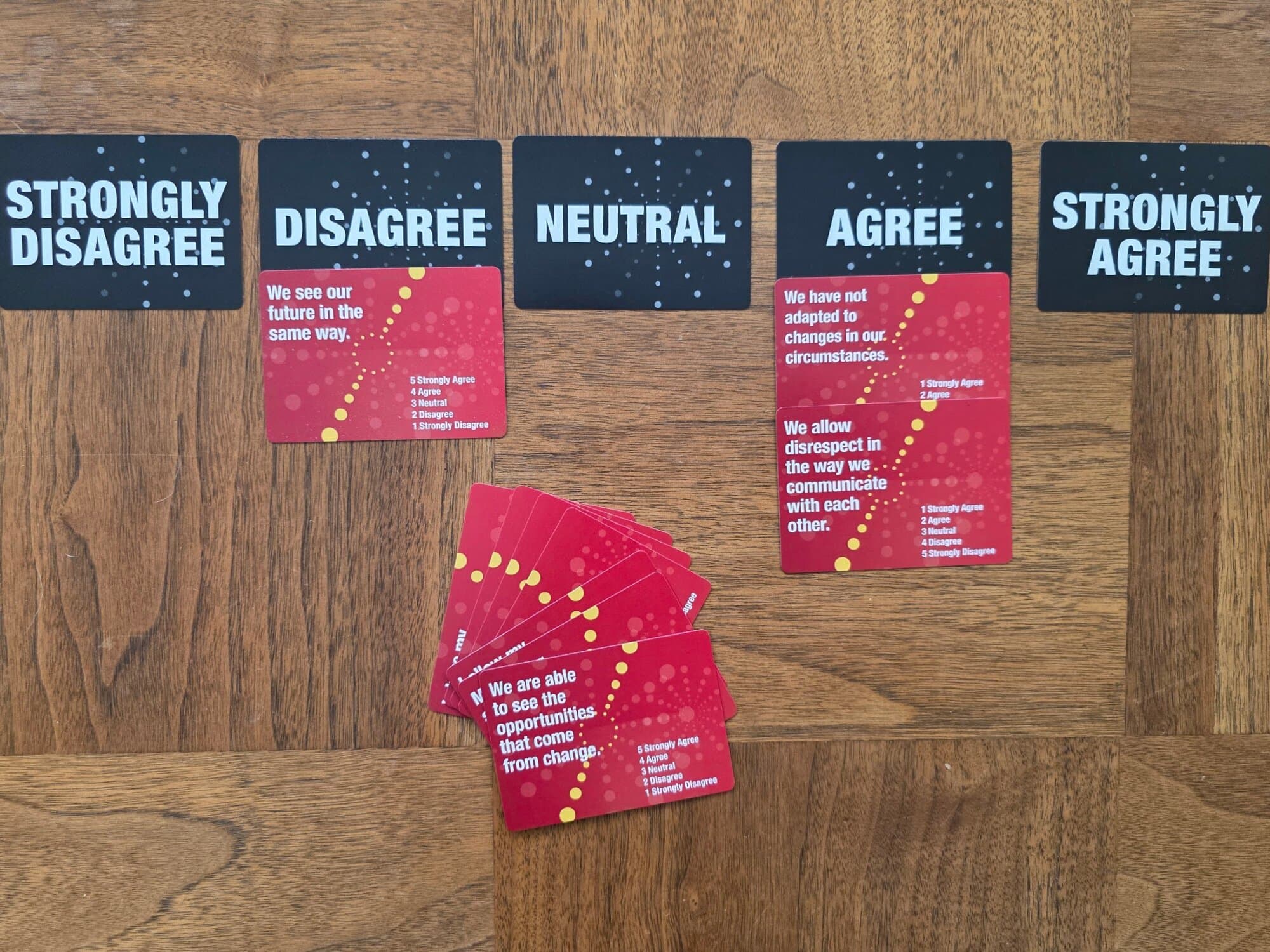
It’s a complex equation. Maybe it’s a lack of alignment with your business’ vision. Probably not. Most employees don’t read the mission/values/vision section of your website or the poster in the conference room. Maybe it’s the lack of respect in the workplace. Probably not. Most employees are willing to tolerate being treated as ‘lesser-than.’ Maybe it’s the failure to innovate. Probably not. Creativity is overrated. Maybe your workforce is exhausted with constant change. Probably not. Stability is a myth when we are managing transitions of people and processes.
Or… maybe it’s some or all of these factors. But how would you know? Most businesses employ engagement surveys to measure the portion of their workforce that are happy or unhappy. That metric captures only one of many reasons employees choose to stay or go.
What if you could pinpoint the reason that people stay and the reason that people leave? Rather than throwing proverbial darts at the workplace culture dartboard, you could target the aspects of organizational wellness that were specific to your business.
Whether it is vision alignment, conflict management, accountability, psychological safety, appetite for innovation, resilience, or change management, you could devote your Human Resources assets precisely to the area that makes your employees want to stay.
Measure the team, not the individual. Rather than matching personality types with work roles, evaluate how the interaction between your greatest assets – your people – are functioning as an interdependent system. Once you get that organizational health metric into the wellness zone, your talent becomes un-poachable.

